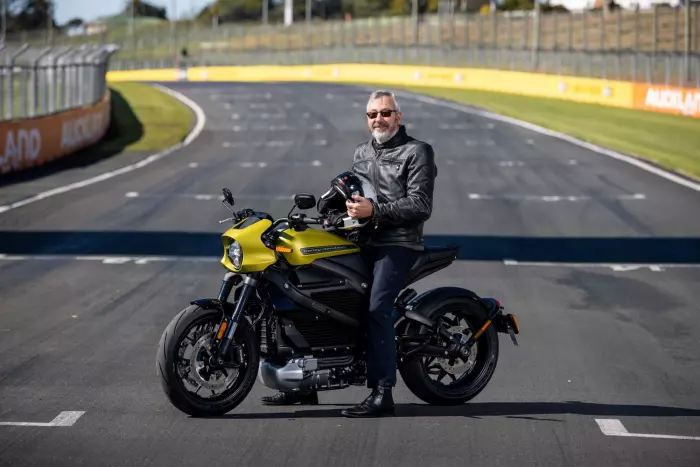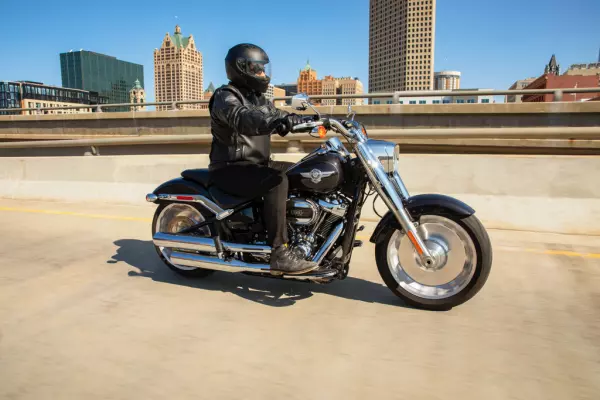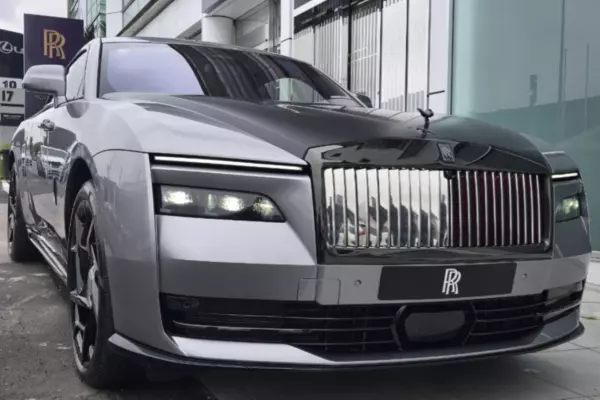When I think of Harley-Davidson, I picture vast, overblown, under-muffled leviathans with loads of unnecessary chrome. The handlebars are too long and the rider is generally lying back as if anticipating a prostate examination.
Smaller, leaner, lighter machines have always been my thing, but I’m always up for a free ride.
I’ve never ridden an electric motorbike and while the 105 horsepower output was nothing I hadn’t previously sampled, the power delivered by the 1:1 torque was a little intimidating.
The bikes were a surprise. I’d watched the Long Way Up, the new Ewan McGregor and Charley Boorman documentary series in which they set off on LiveWires from Tierra Del Fuego, at the bottom of South America, planning to ride 21,000 kilometres to Los Angeles.
The machines looked big on screen, possibly because they are modified with long travel suspensions and panniers and protection suitable for a multi-terrain ride. In reality though the bike is surprisingly small. Not tiny, but certainly not Fat Boys or Sofa Chairs or whatever Harley call them. They are slim, too. The motor – itself relatively small – runs north-south with a bevel gear to change the drive direction to the belt final drive.
Above the motor is the battery, which is substantial – long and tall but still narrow, so that the bike is very comfortable to sit on.
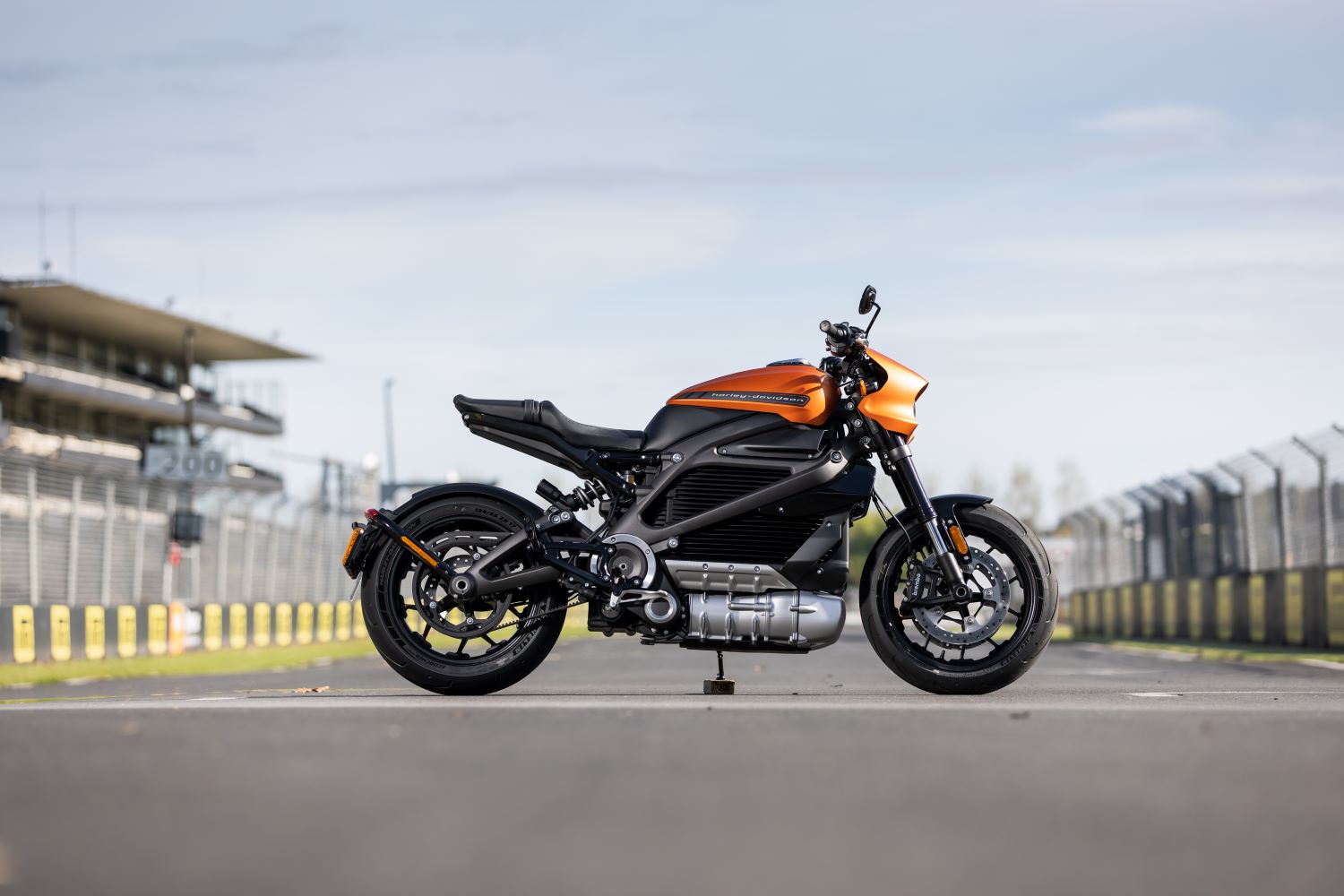 Photos by Graeme Murray
Photos by Graeme Murray
The LiveWire is liquid-cooled, as is the motor, so there is a small radiator behind the front wheel. Black and finned, it has a slightly mysterious quality.
The seat is small but comfortable and big enough for a pillion passenger with a moderate bottom and is cantilevered from the frame back over the rear wheel, supported by a mono shock.
All the suspension is Showa and, I’m told, quite standard fitting for Harleys. The braking is Brembo, twin-disk at the front, single at the rear, also not unusual equipment on the modern Hog.
Also standard are the controls. As I sat on this machine, everything seemed to fit in well and the bike fitted me well, too, although it would have been ideal if I had slightly longer arms.
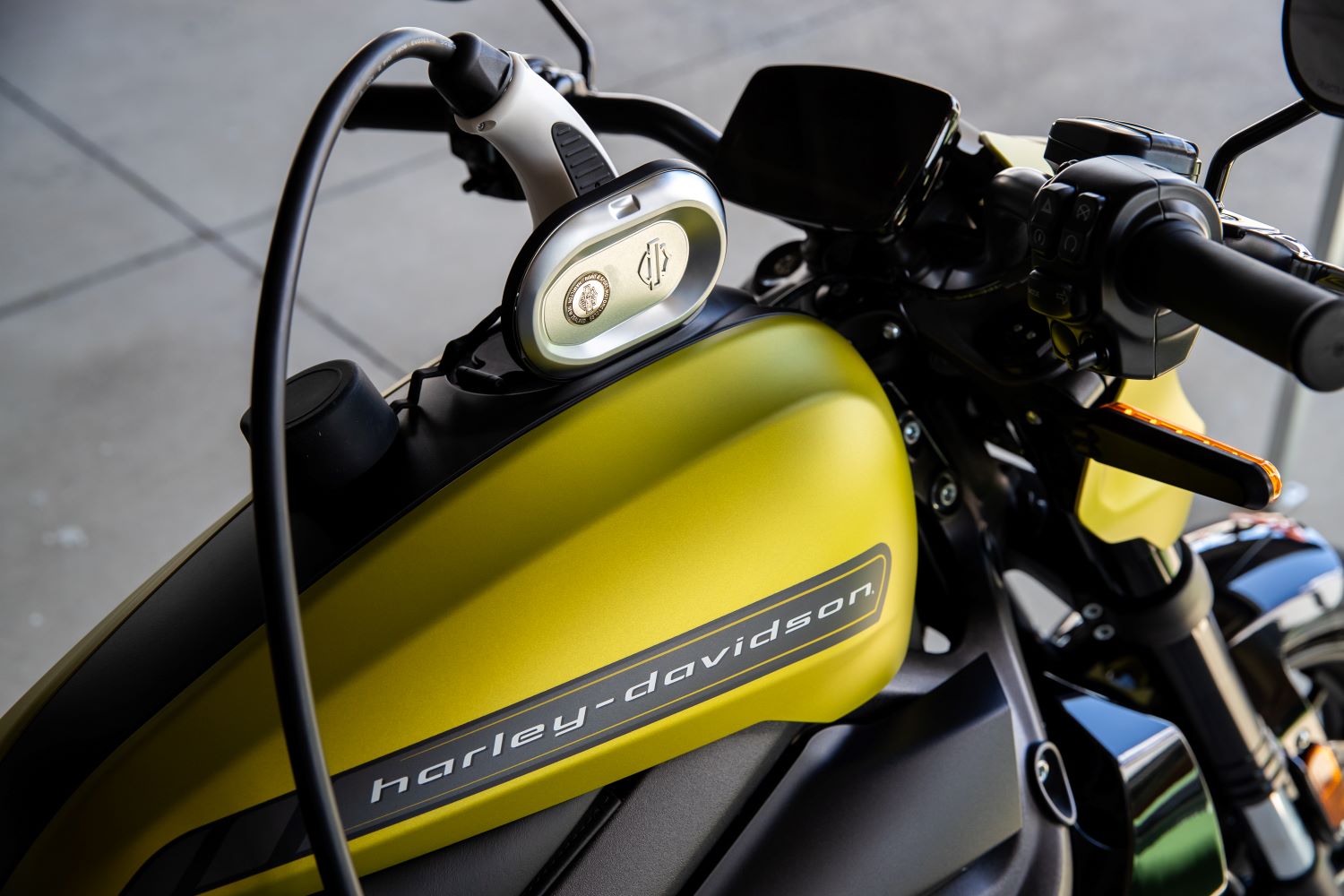
Start me up
Starting the machine requires brief instruction. The side stand must be up and the throttle cannot register any turn.
You switch the bike on and wait for it to boot up. This is all made apparent by a small but adequate screen in the traditional spot for instrumentation.
Once the screen indicates the LiveWire is ready, you can select one of four pre-programmed modes, if you wish. These are Road, Sport, Extreme Conditions and Eco and all are a balance of throttle response, regenerative braking and power.
You can also set a number of your own bespoke settings using slide bars on the screen.
The bike has traction and lift control, which can be turned off and can make the machine quite a handful.
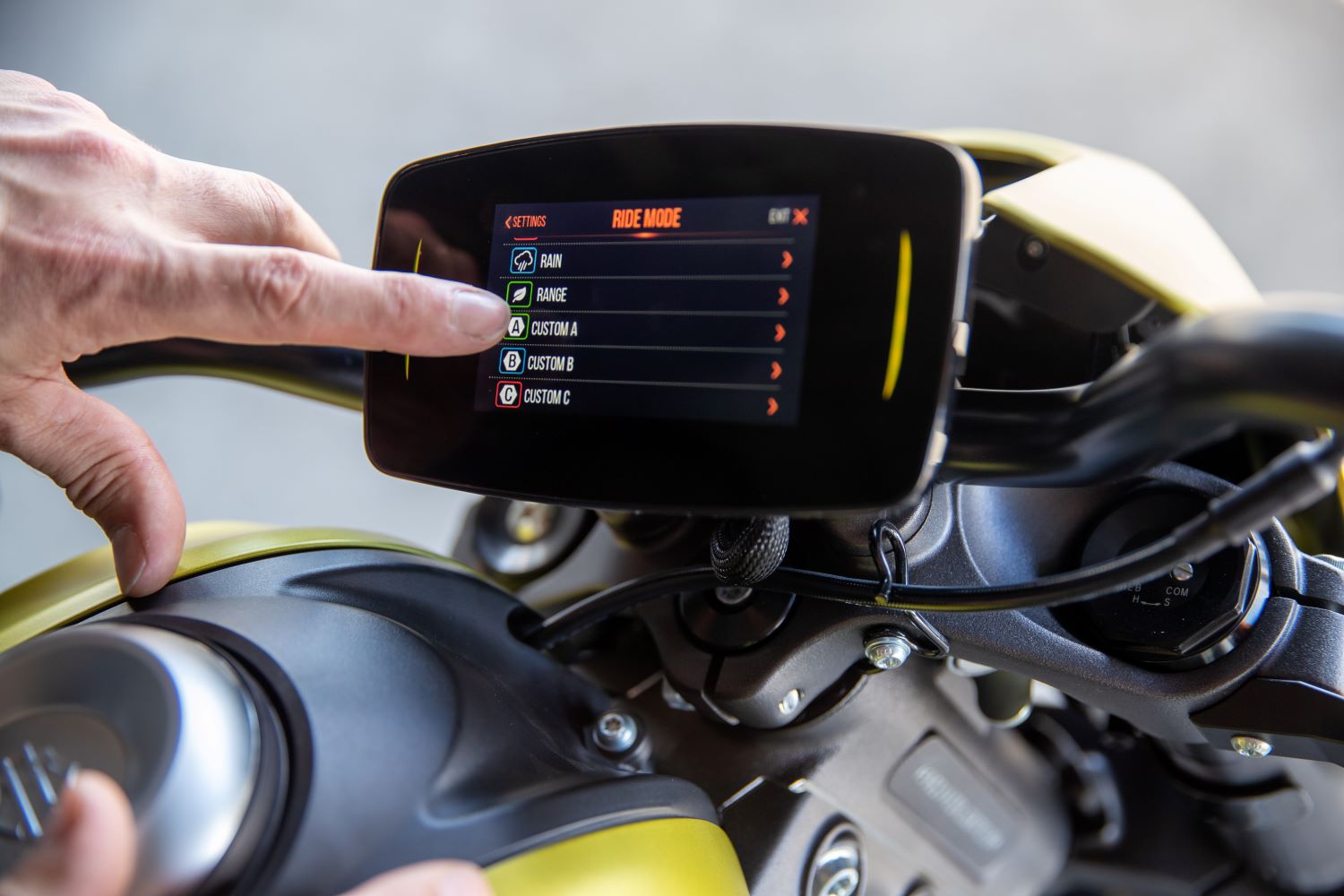
We took to the Pukekohe racetrack in Open Road mode: full power but limited regenerative braking (much the same as a normal bike would get from engine braking).
The LiveWire is a nimble machine. Despite being on the heavy side, at 251kg, it handles like a dream and the performance off the mark is astounding. I’ve ridden more powerful bikes but with the Livewire, there are no gears and no clutch. You just turn the tap and it flies!
I’m no speed freak but after completing a couple of circuits of the track, I began to feel pretty comfortable and whisked up to 167 km/h on the straights. Indeed, on a few laps, I managed 171, maybe 172 km/h.
The brakes are progressive and powerful and the handling is really nice. The extra weight gives you a feeling of solidity and the high-ish set pegs and narrow profile of the bike means you can corner fast.
Out on the roads around Pukekohe township I selected Eco mode, which gives the maximum regenerative braking. This means that as you throttle off, the bike uses the motor as a generator to put power back into the battery.
This obviously causes drag, so the bike slows down quickly, which means you can ride around pretty much without using the brakes. This is very pleasant, and even with the lower power output of the Eco mode, there is still fistfuls of poke.

Ideal for commutes and day rides
There is no question in my mind that electric bikes are here to stay, and the LiveWire was a revelation.
It’s true its 158-kilometre maximum open-road distance between charges is limiting, but with a growing network of high-capacity DC charging points around the country, this shouldn’t be a bother.
And it’s claimed that, around town, with the regenerative braking on, the LiveWire will manage another 100km on top, so that makes it a perfect commuter or day-ride bike.
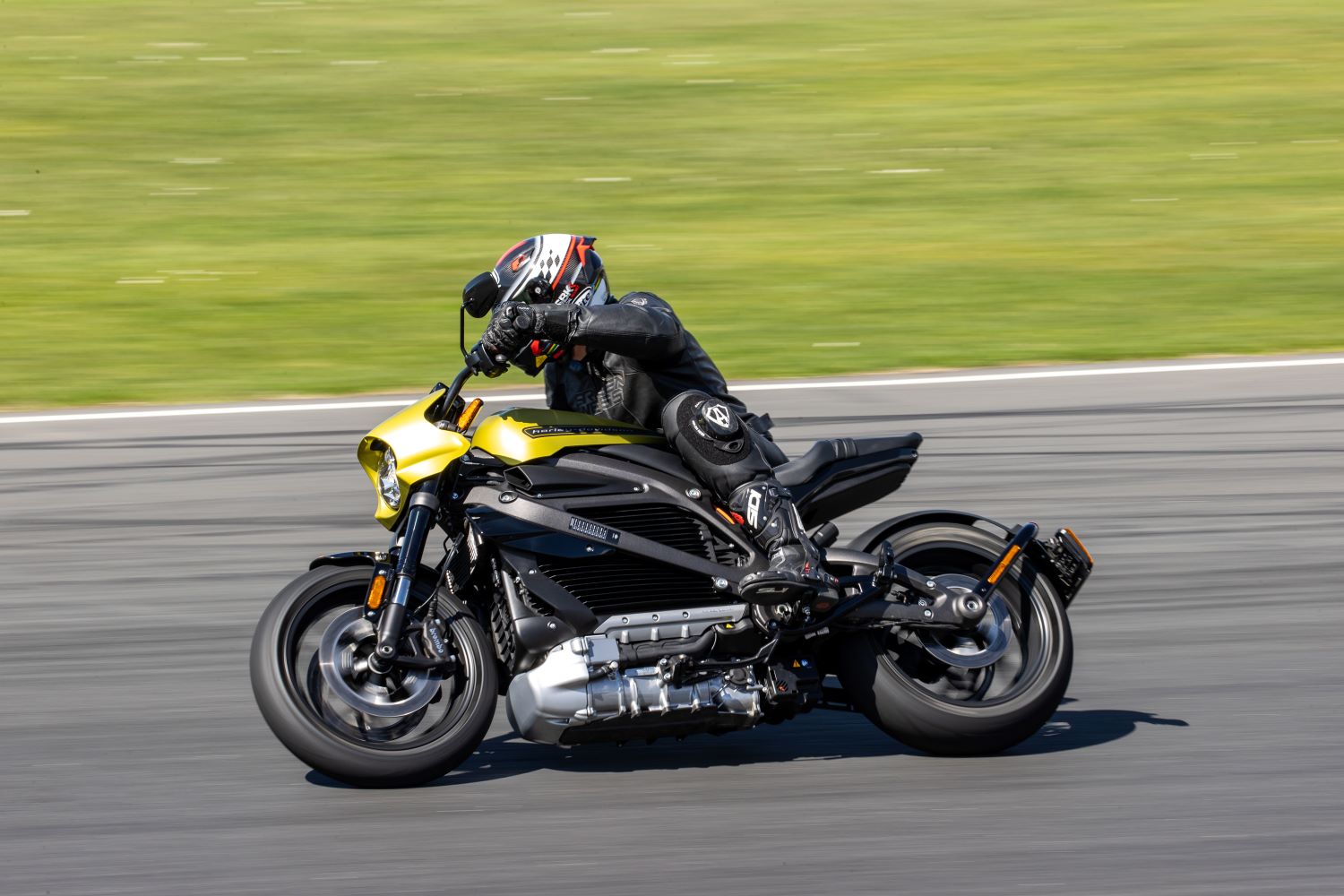
Nothing’s perfect
The build quality was overall pretty good, but I had a couple of niggles. A sharp-edged plastic air scoop either side of the front of the frame looked cheap and nasty, and the wires going into the indicators showed some copper and will allow corrosion.
The big issue is the price. It would cost just under $54,000 to ride away on a LiveWire, so you would have to be truly committed to either the concept or the brand.
There are rival e-bikes with similar stats that can be bought for substantially less – the Zero, for example – but Harley-Davidson says the competitors don’t have the same local backup.
That said, it is a bucket of coin and I think it will more likely be in the second- or third-hand market that I would buy a LiveWire.
harley-davidson.com/au/en/motorcycles/livewire


